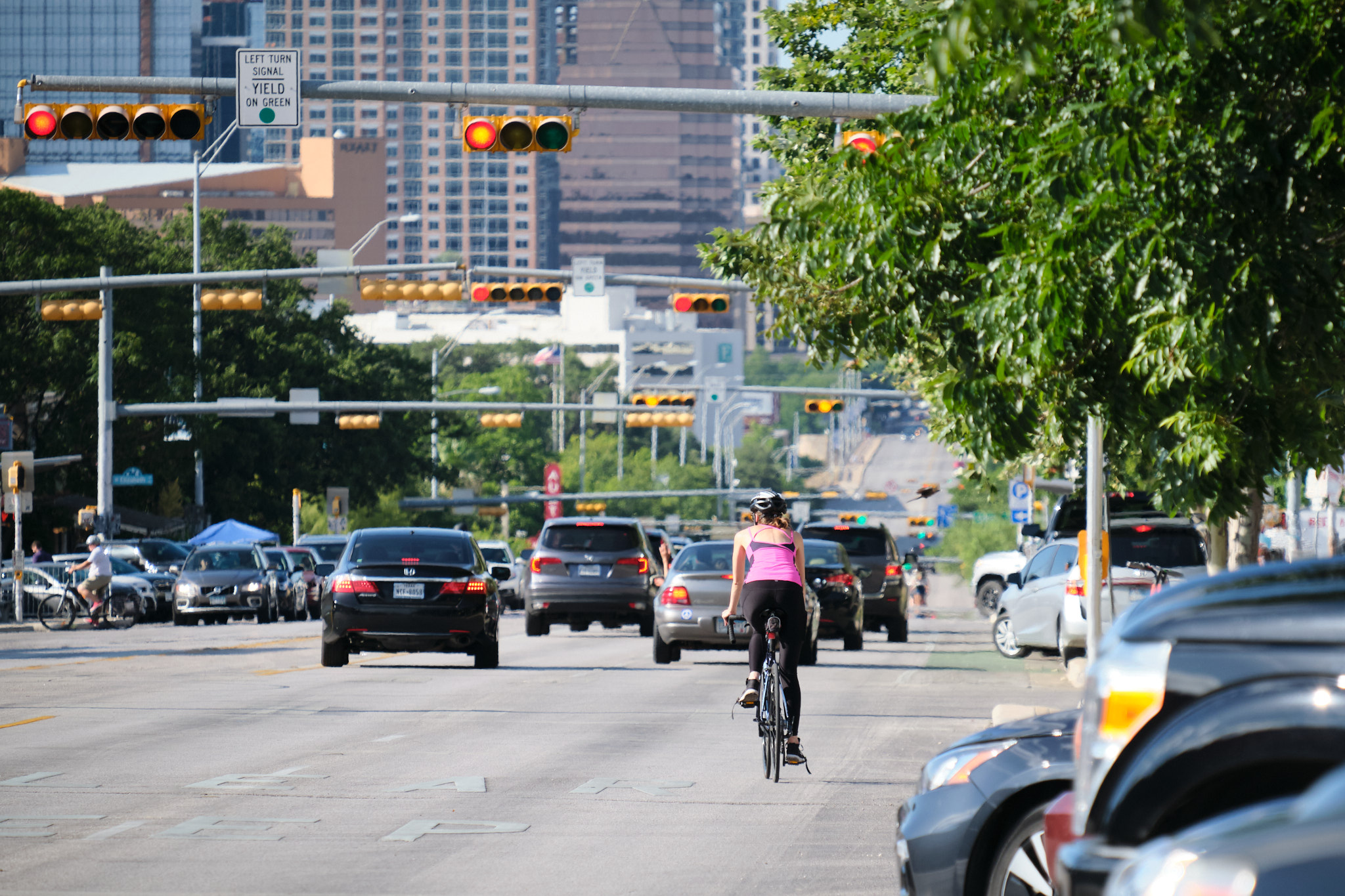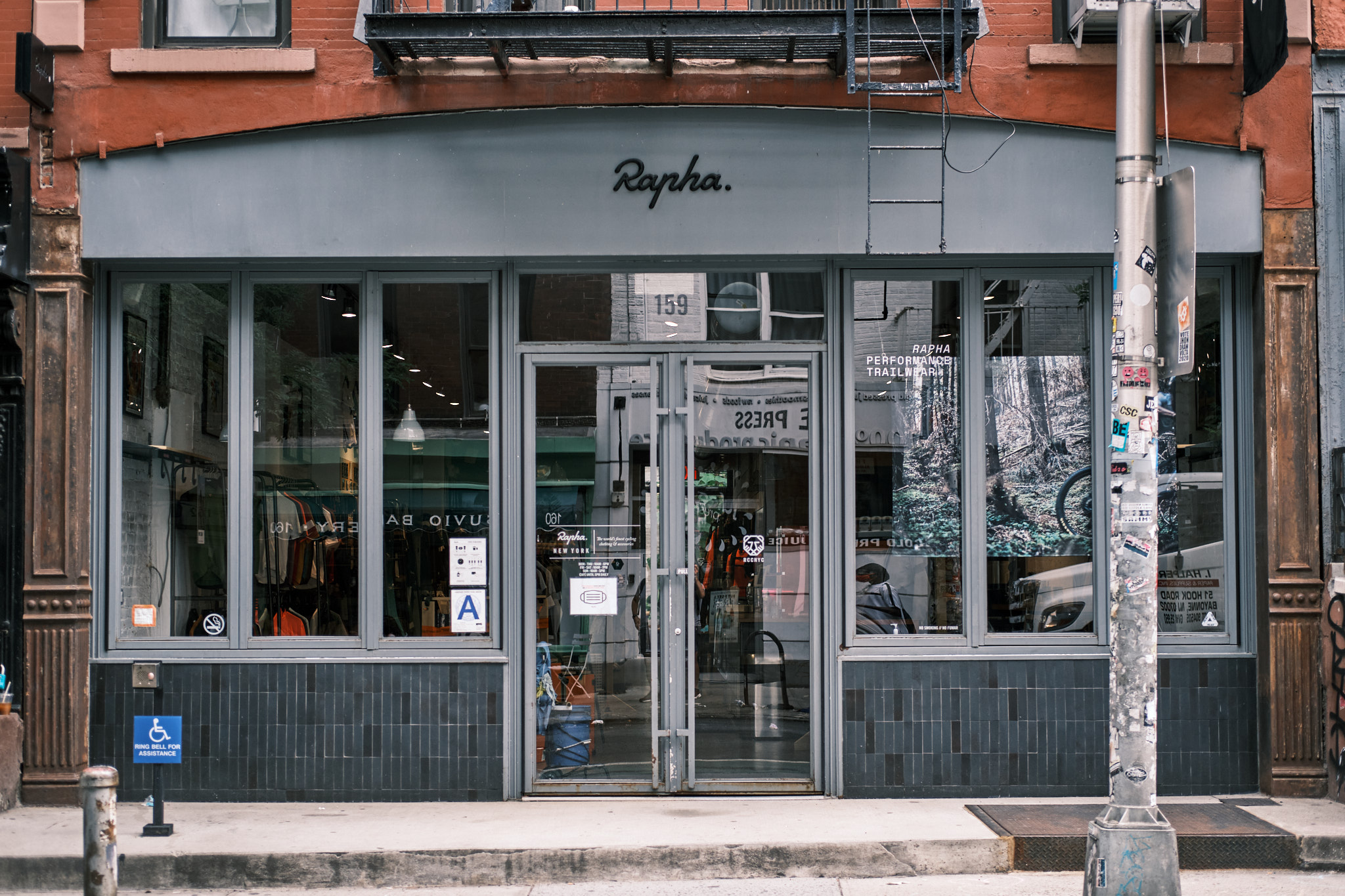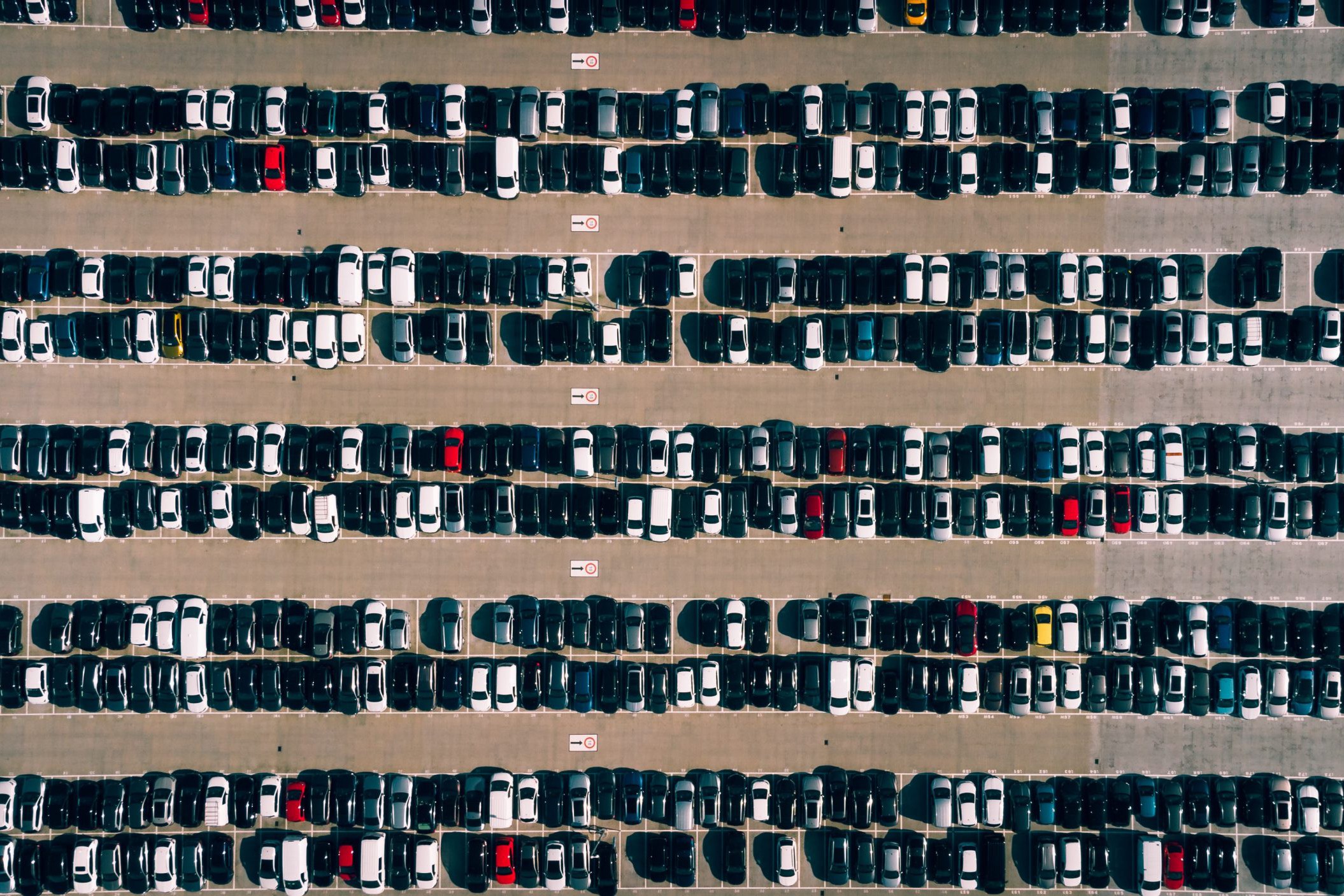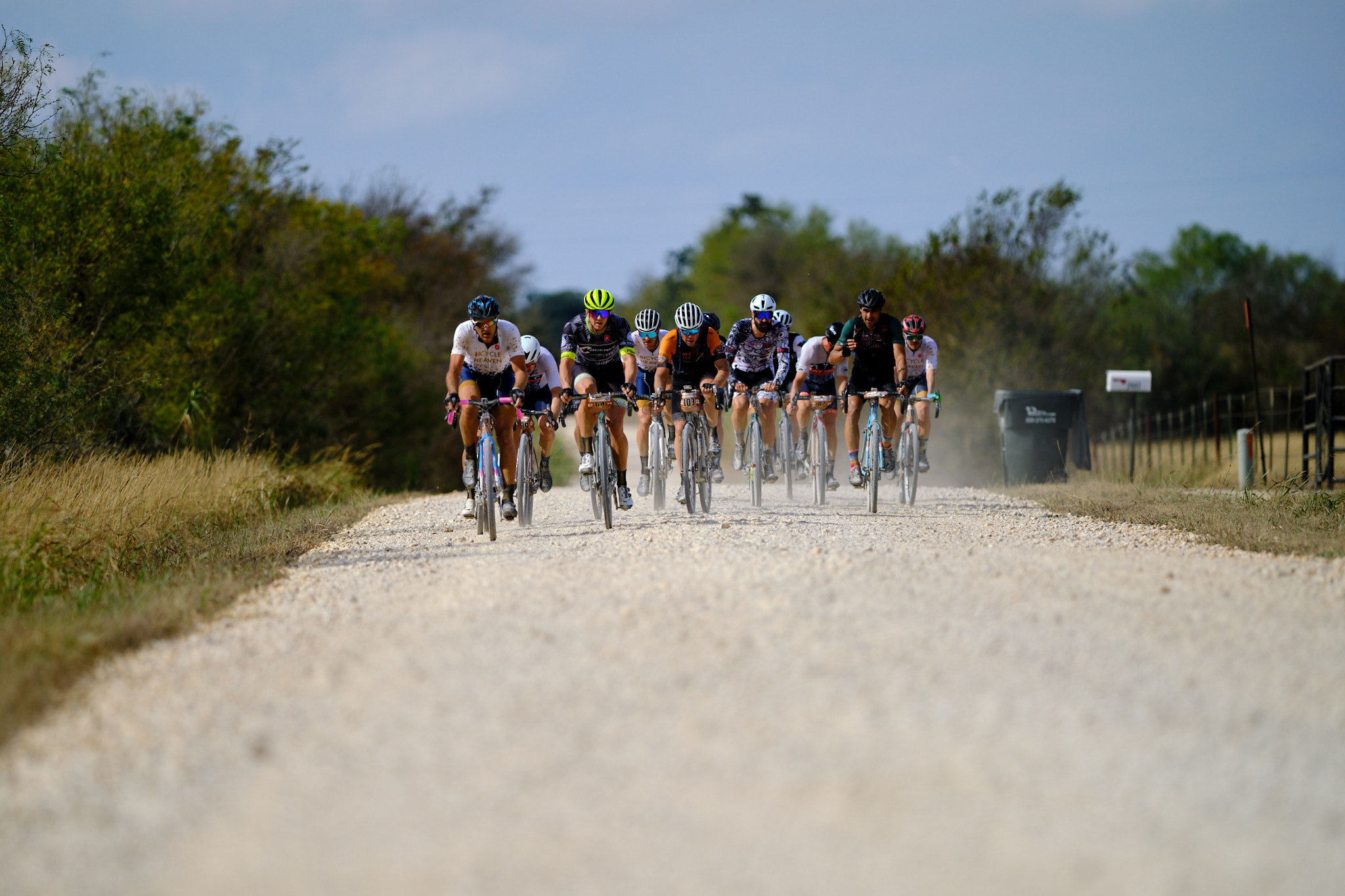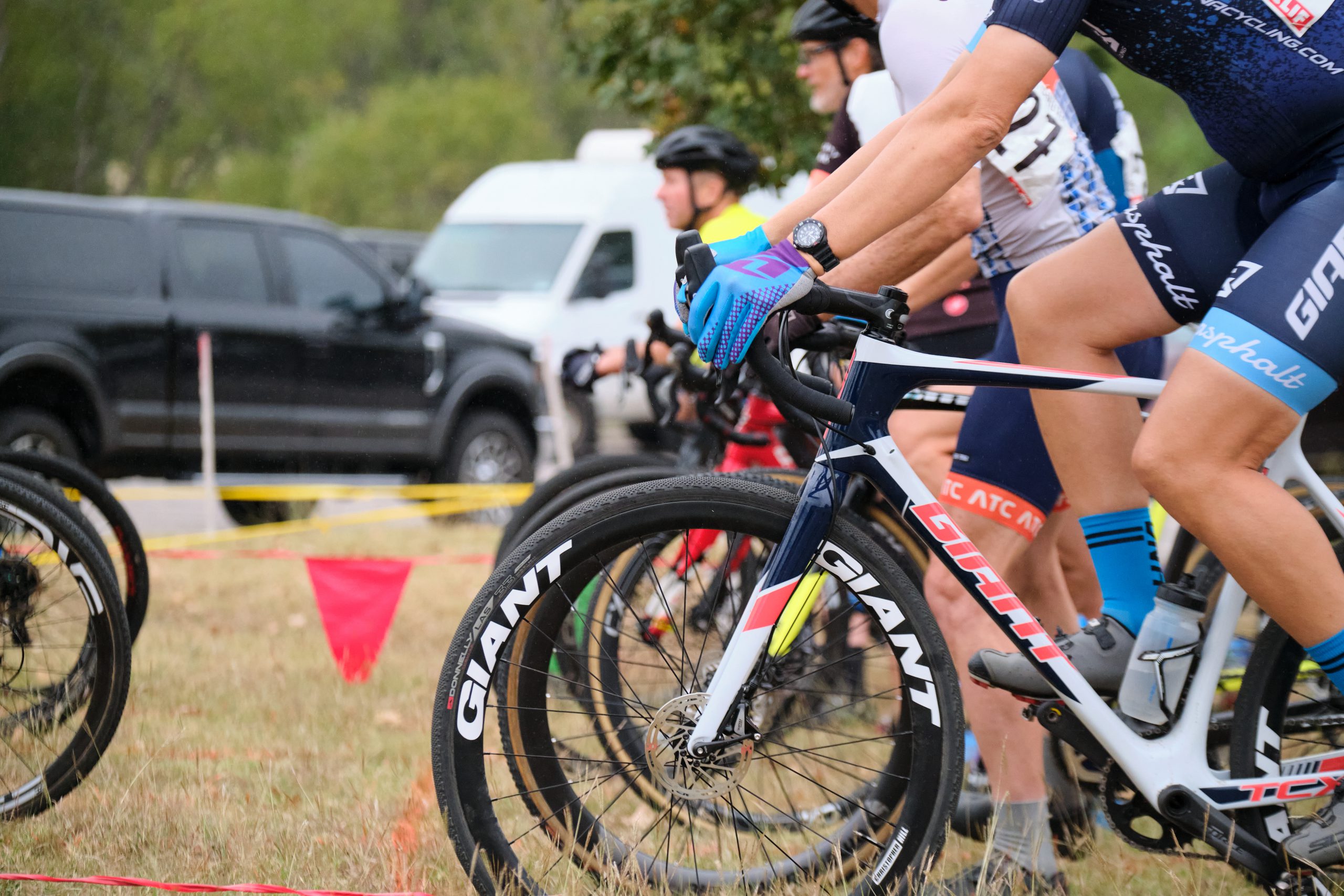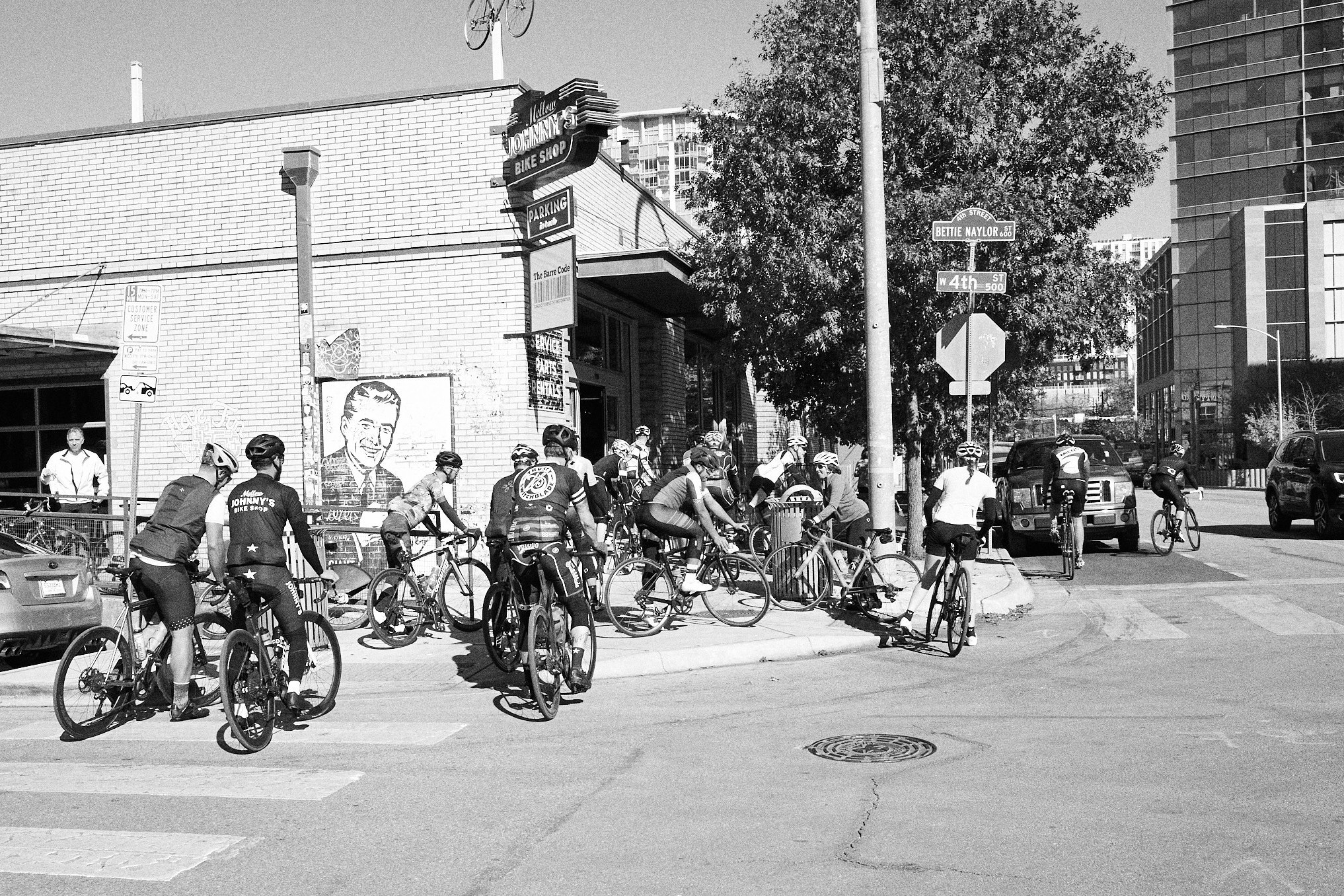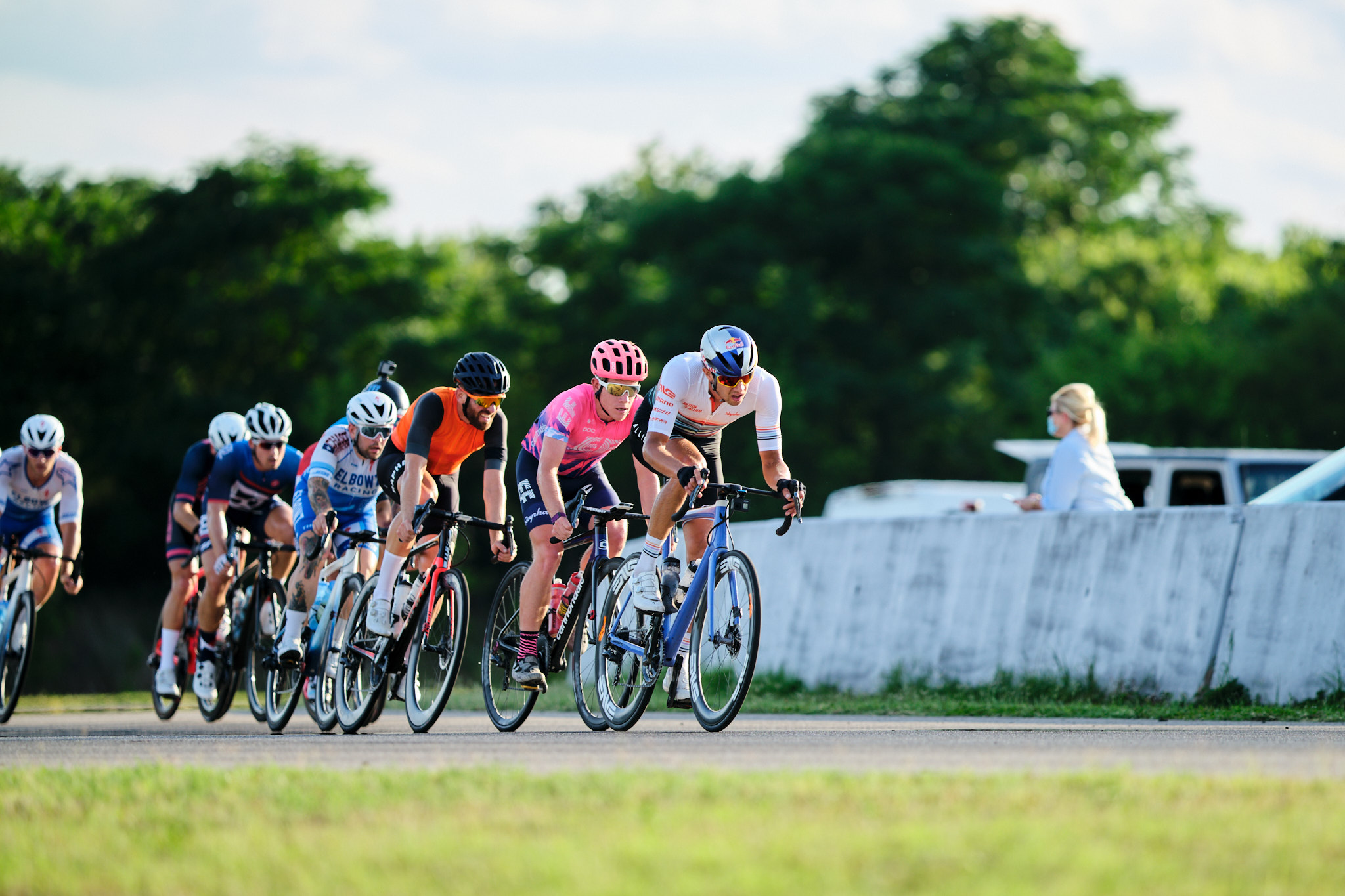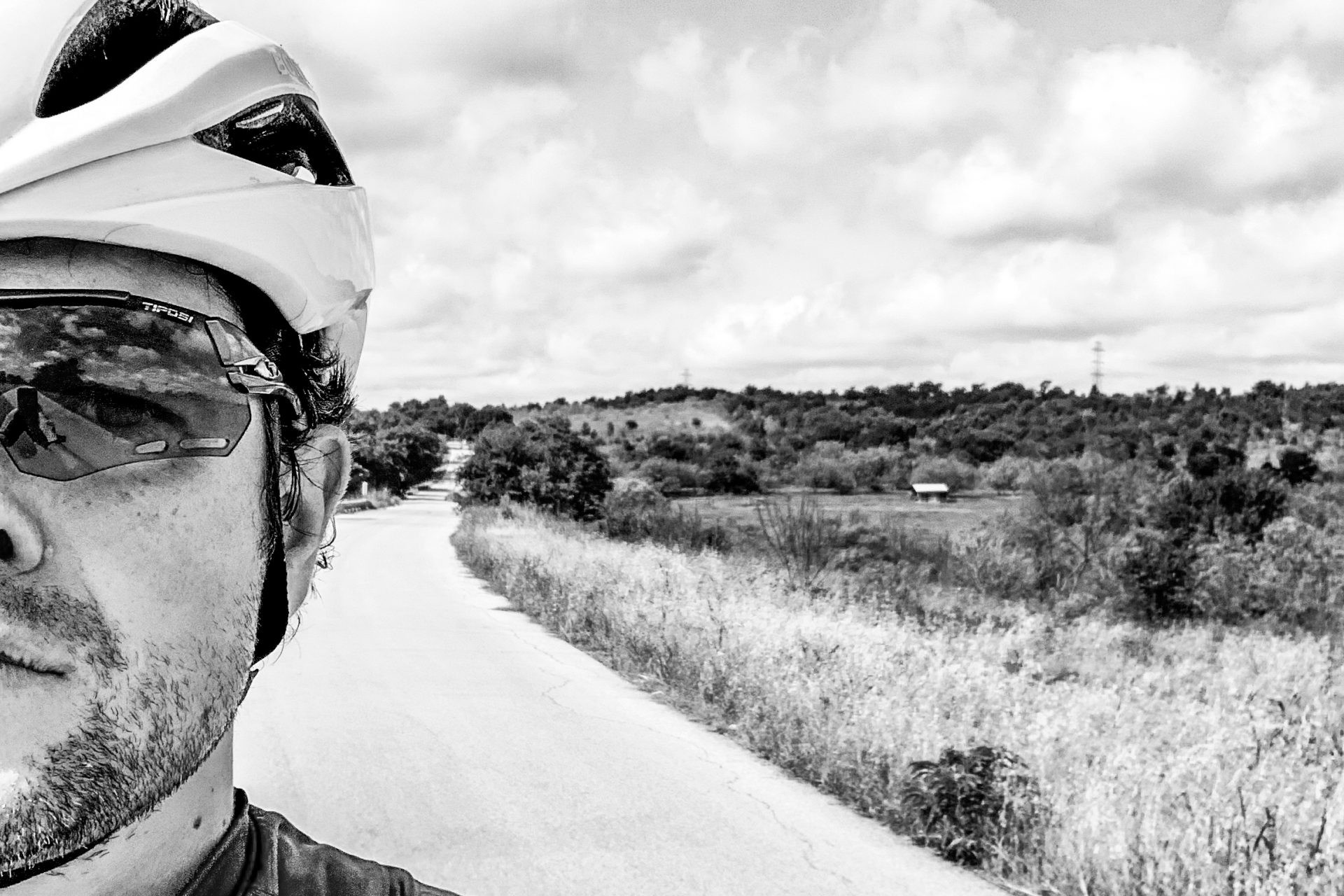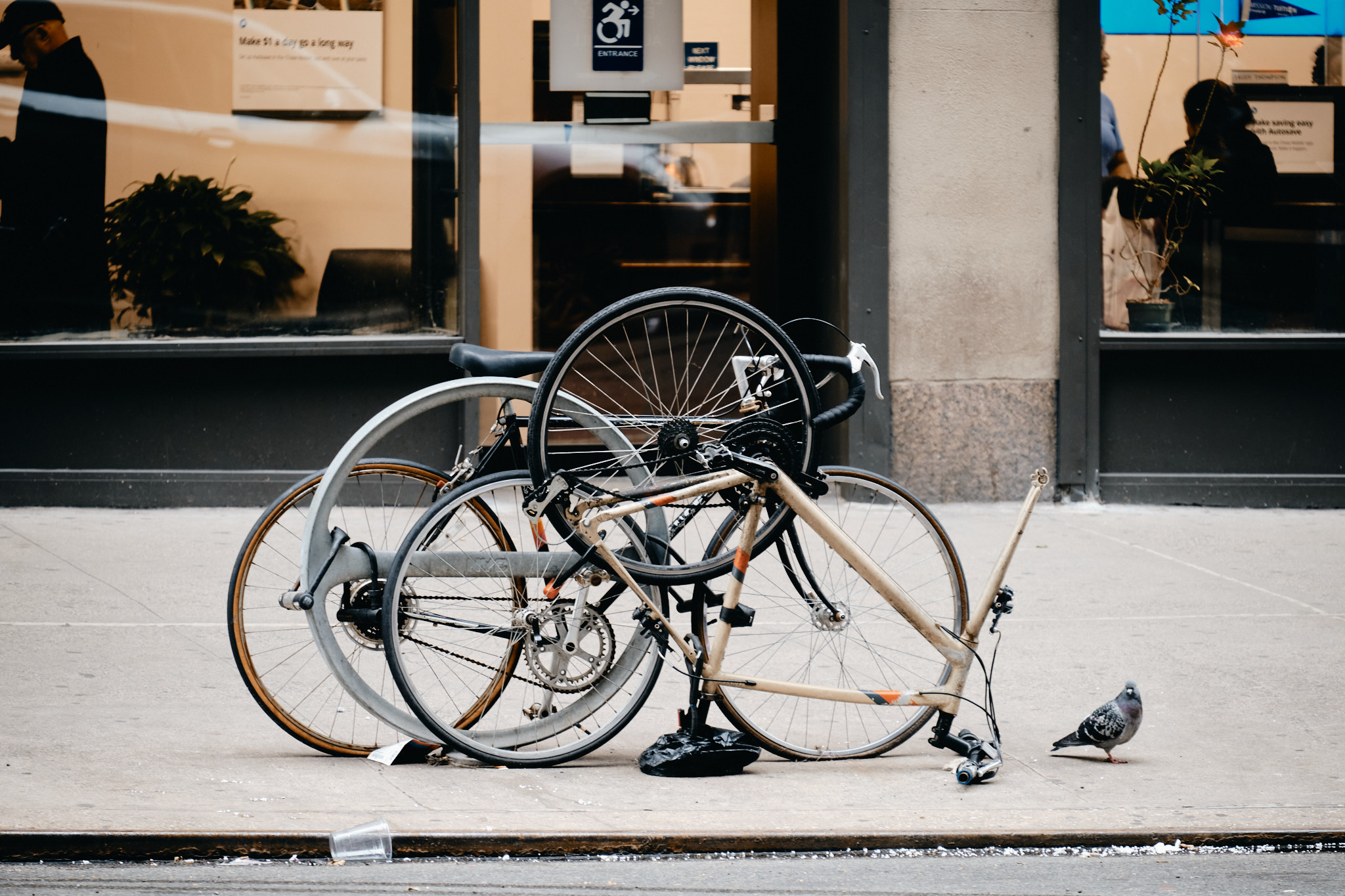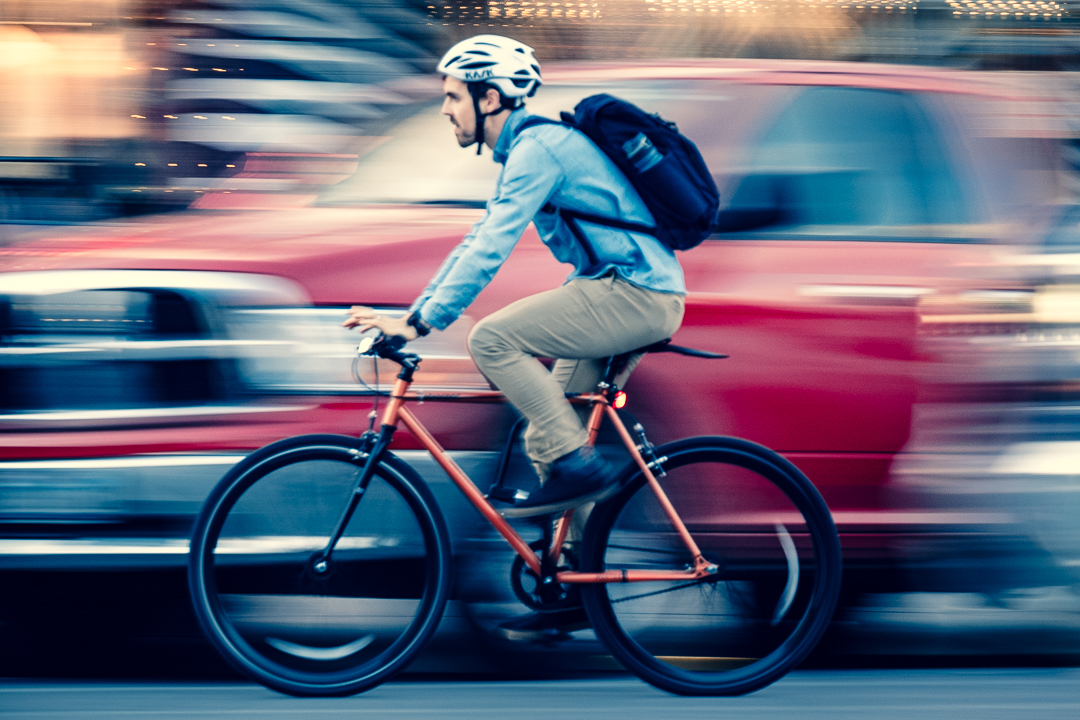Despite the growth of unchecked sprawl at its periphery as well as the city’s total disregard for safe streets, getting around certain parts of Austin by bike is entirely possible, especially within a four mile radius of downtown. Unfortunately, due to the city’s housing policies, our most bike friendly areas are increasingly becoming the realm of the wealthy (but that’s a discussion for another day). The fact of the matter is that you can easily get around Austin by bike.
Aside from hills and heat, both easily mitigated by fitness, electricity and the simple acceptance that humans sweat, route selection is among the biggest obstacles to riding in the city. And while much of your travel can be conducted on secondary roads, our main thoroughfares still often present the best route from A to B. Roads such as S Lamar, S Congress, 51st, Guadalupe and Ceasar Chavez all regularly see cyclists while also accommodating high volumes of cars occupied by drivers texting, speeding and taking an after-work toke on the drive home (a common smell from vehicles if you regularly ride/walk/run).
How can we vulnerable road users protect ourselves from thousands of mild-mannered office workers who suddenly become murderous, street clogging lawbreakers on their drive home?
One way is the ride defensively: Always assume cars are going to pull in front you, look over your shoulder at approaching cars, make eye contact, take the lane to discourage unsafe passing — there are many techniques. One, however, though legal in the state of its namesake, is quite controversial: The Idaho Stop.
To explain it simply, the Idaho Stop essentially allows cyclists to treat stop signs as yield signs and red lights as stop signs – something many of us already do. The full law can be read here: https://legislature.idaho.gov/statutesrules/idstat/title49/t49ch7/sect49-720/.
What makes the Idaho Stop a defensive technique?
Let’s say we’re heading north on S Lamar on our way to work, and are stopped by the light at Oltorf along with a multitude of giant, singly-occupied metal boxes (adorned with bull bars, of course). Work is just ahead on the left, but transitioning across the lanes among all those sleepy drivers is scary. Oltorf looks clear. What if we just jump ahead of the light while the lanes are empty to safely position ourselves for the left turn, instead of trying to direct a bunch of drivers to “get the eff out of the way and stop trying to kill me as I turn left!”
Or maybe we’re heading home, dutifully ascending S Congress in the bike lane (except when blocked by giant waste-of-space trucks). The light turns red at Gibson. All that momentum, gone! But why sit here? There’s much more climbing to go and Gibson is always empty anyway. Perhaps we’ll just continue our climb with the added benefit of entering the field of view of the many drivers waiting at the light. This lane is, after all, somewhat narrow and unprotected. It’s a justified precaution.
What about stop signs? Well, have you ever traveled S 5th heading toward the city? It’s like two-mile funnel, sending millennials and hippies on commuter bikes into downtown in seven minutes flat. But all those stop signs? Does anybody actually stop? No, they slow down and look both ways, and then continue. Avoiding the loss of momentum and increasing the viability of their chosen mode of transportation. Is this particular example defensive? Not really, but it certainly makes cycling for transportation easier in our ultra spread out city. Consider it “defending your right to ride”.
If you’ve ever driven on Oltorf or S 1st, you know that drivers travel at incredible speeds, hurtling their multi-thousand pound autos through largely residential and pedestrian-trafficked areas. It’s dangerous. I like to think of running stop signs on S 5th as the much safer and saner, yet logically equivalent version of this same act.
What’s more, bikes don’t automatically trigger the lights on cross streets in many areas. Live Oak and S 1st is an example. An individual on a bike should have to push the button just as often as an individual in a car, which is to say “never” (though I’m open to watching drivers have to get out and push the button).
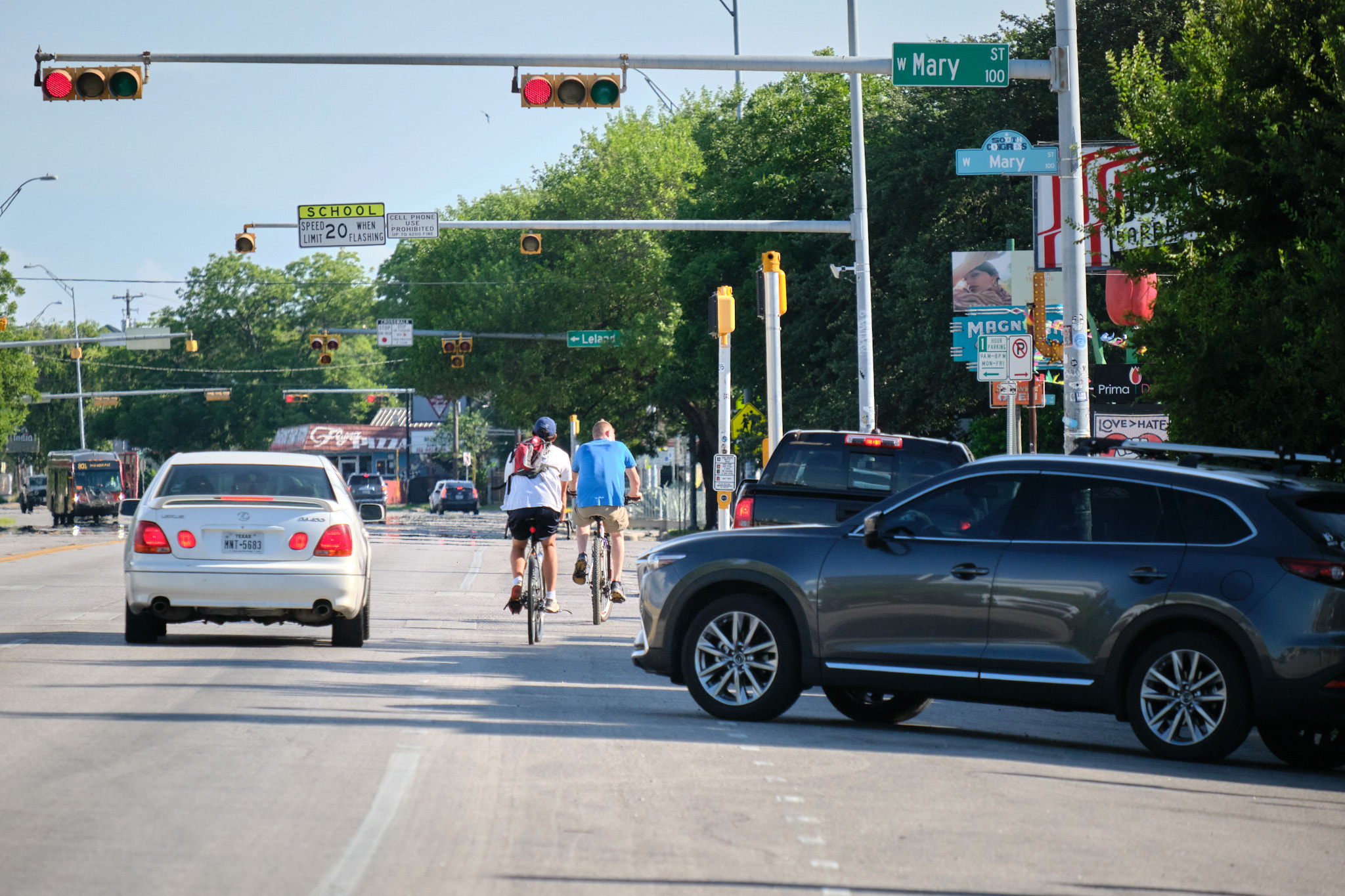
It Isn’t Fair
There’s something about the sight of cyclists eschewing traffic laws that causes ire. I take this as a complement, as it means we cyclists present as human. Note how often automobiles are given agency: “That car got in my way”, “Why is that truck driving so fast?”. Not so with bikes. Imagine referring to another cyclists as a “bike”.
And so it is that, with the cyclist’s humanness on full display, drivers are upset by the sight of seeing a law broken which they themselves are so dutifully following, all while the chaos of traffic swirls around them. “It isn’t fair,” they think, and maybe they’re right.
But is a de facto requirement for car ownership in most parts of the city fair? Is having the entire world paved over for giant, multi-thousand pound wheelchairs at incalculable cost to the livability of our city fair? Is it fair that we build two/three/four lane roads near the edge of town at the drop of a hat for potential newcomers, while safe bike lanes are almost nonexistent and met with forceful resistance?
My arguments are fallacious, of course. The law is the law and fairness has nothing to do with it. Still, a minor act of civil disobedience in exchange for personal safety seems like a good trade. Running a stop sign or crossing against a red light isn’t usually a flippant flouting of the law, but a rational acknowledgment of the unmet needs of cyclists attempting to move through an environment designed for automobiles. Surely, running a red light for safety and efficiency is more noble than driving 20mph over the speed limit on E Riverside while texting, right?
Legalize It
In FY2019, APD wrote 103 traffic tickets for cyclists running red lights and stop signs, down from 158 in 2016. Surely, some of these were the result of unsafe riding, however, darting from the sidewalk into the road or bombing through a red light isn’t the same thing as a vehicular cyclist yielding and then continuing at a stop sign or, after waiting, riding against the red through a clear intersection.
Though the heat can sometimes be intense, Austin weather is a dream for getting around by bike. In choosing to ride, a cyclist is doing the city a service by getting one less car off Austin’s overflowing streets and helping to decrease demand for expensive and inefficient automobile infrastructure, including the massive amount of parking that takes up so much of our city.
Let’s return the favor. Rather than punishing cyclists for doing what we know they’re going to do and upholding the cyclist-as-lawbreaker ethos, the city should declare its support for a mode of transportation with no downsides, and become a role model for forward thinking urban transportation policy in the United States.
Are Roadies Vapid?
Can you feel it? That pressure to whip out the smartphone…
I Bought a Car and Feel Terrible About It
If I'm honest with myself, embarrassment deserves partial…
Shooting Gravel Events
An important characteristic of American gravel events from…
2021?
Certainly, there will be more events, right? The only two…
Welcome to Austin, New Cyclist
One more feather in Austin’s cap, and a big reason I…
Driveway Returns
Bike racing is back! In Austin, at least. After two…
Riding Under COVID-19
“Alone but together” - I feel like I’ve seen this phrase…
A Commuter
At first, it felt quite forced. The effort of going outside…
Bike for Your Country
Yes, for your country. While patriotic flags and sayings…
